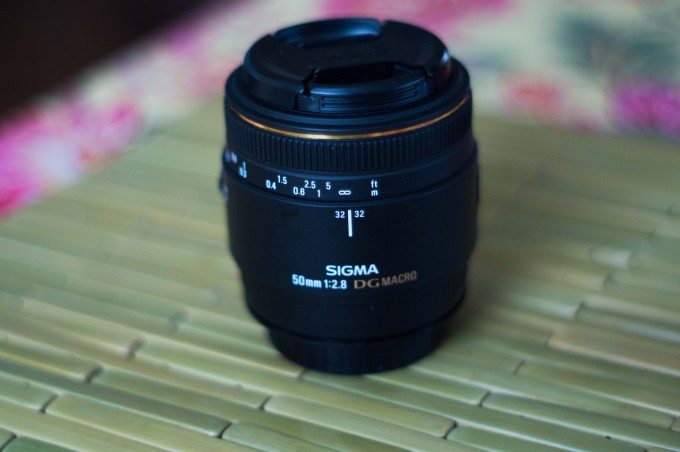
This isn’t my first macro lens, but it is my first prime macro lens. I own a Minolta 35-70mm AF f/4, but the macro focusing bit is slightly tricky. You have to hold a slider forward on the focusing ring while you focus, the ring becomes harder to rotate, and if you miss your subject, it’s a hand cramp and a half to find it again. The great thing about Sigma’s 50mm f2.8 DG Macro is that the focusing is super smooth. With 10 elements in 9 groups, this glass can render sharp images as close as 5.3 inches. Macro photography isn’t my forte, but this lens gave me an opportunity to see the world up close.
Pros and Cons
Pros
-Exceptionally fast
-Minimum focusing distance of 5.3″
-Sharp
Cons
-You’ve got to be amazingly still when focusing as close as possible
Gear Used
I used the Sigma 50mm f2.8 DG Macro on the Sony a58, and occasionally the a580.
Tech Specs
Specs taken from Adorama’s listing.
| Construction | 10 Elements in 9 Groups |
| Angle of view | 46.8° |
| F stop range | 45 |
| Closest Focusing Distance | 18.8cm / 7.4″ |
| Maximum Magnification | 1:1 |
| Filter Size | 55mm |
| Dimensions (Length x Diameter) | 64mm x 71.4mm / 2.5 x 2.8″ |
| Weight | 315g / 11.5 oz. |
Ergonomics
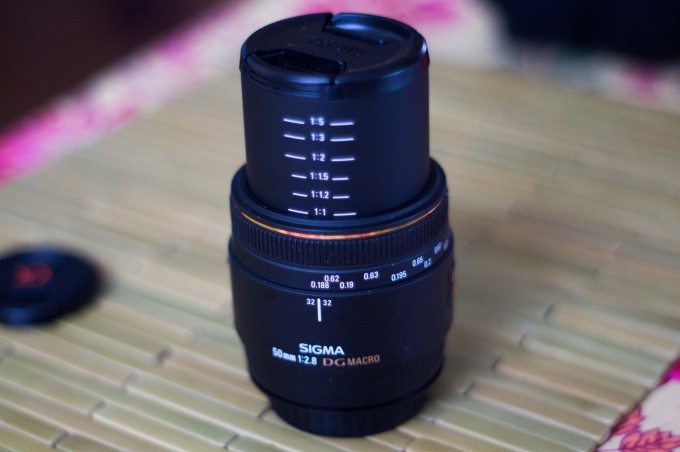
So, we’ve got a number of things going on in this image. At the middle of the unit, you’ll find a nicely textured focusing ring that sits atop the depth of field scale from 0.188 m all the way through to infinity. Above the focusing ring (or in front of, depending on your orientation) is the full extension of the lens. At the minimum focusing distance of 5.3″, the lens offers 1:1 magnification. As you move away from infinity slowly, the lens extends. 1:5 magnification shows at slightly less than .4 m, 1:3 at around .27 m, 1:2 at around .22 m, 1:1.5 at around .2, 1:1.2 at around 0.194 m, and 1:1 at .135m.
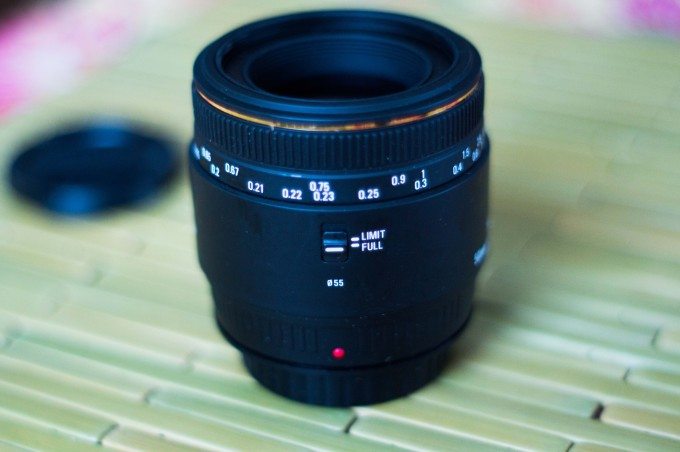
The other notable feature around this side is the Limit/Full slider. If you have it set to full, you can adjust the ring throughout the focusing range from .135 m to infinity. If you have set to limit, you’ll either be able to focus at “Close range” up to .23 m or at Normal range between .25 m and infinity. I had it set to full throughout the review period.
And last but not least is that super small focusing ring near the front of the lens.
Build Quality
The lens has a nice weight to it, and the body, save for the focusing ring and raised EX | Sigma lettering, is smooth. It doesn’t weigh your camera down and it feels good in the hand.
Autofocus
I found that I relied more on MF than AF when it came to focusing in the macro range. When it came to getting up close to the subject, I felt more comfortable when I was in total control of the image. That’s not to say the AF doesn’t work, it does, but I prefer MF for macro photography.
Ease of Use
The lens is very easy to use. Set it to either limit or full, and start focusing. Just be conscious of how close you’re getting to any given object, lest you should knock something over. The closer you get, the more concentrated you have to be. Don’t breathe, or at least hold your breath the moment you make the photograph. The slightest breath or muscle twitch will throw everything off.
Image Quality

Minor tweaks were done in Lightroom.
Bokeh
The Sigma 50mm f/2.8’s bokeh is nice and smooth. Creamy buttery smooth bokeh deliciousness. So many adjectives, so little time. You’re not buying this lens for the bokeh, but it’s a nice plus.
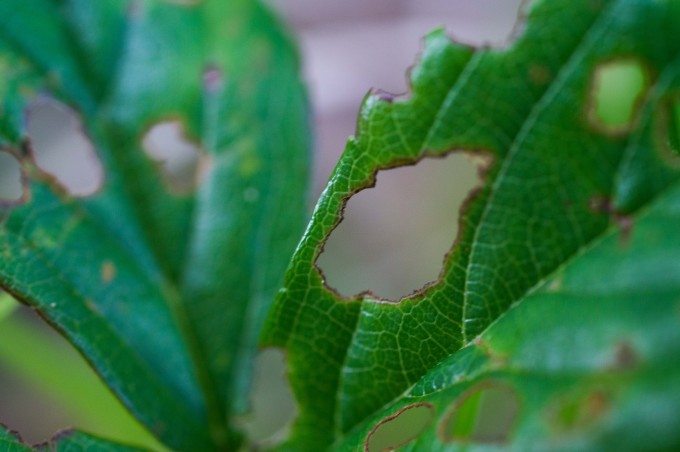
Sharpness
This lens can render very sharp images wide open and stopped down. Apparently, this lens has a minimum aperture of f32. I never had to go that far down, so I can’t speak to the sharpness at that aperture. I imagine you’d have to be on the surface of the sun to necessitate f32 unless I’m using strobes. I typically had the lens stopped down to around f5.6, and it performed wonderfully.
Color Rendering
This lens delivers true hues, and there wasn’t any noticeable fringing. At least, there wasn’t during my time with it. Distortion isn’t a problem either given the 50mm field of view, 75mm equivalent on the a58’s APSC sensor.
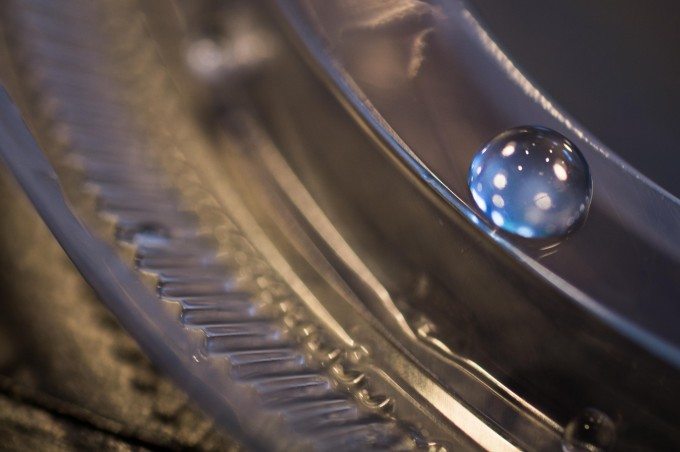
Extra Image Samples
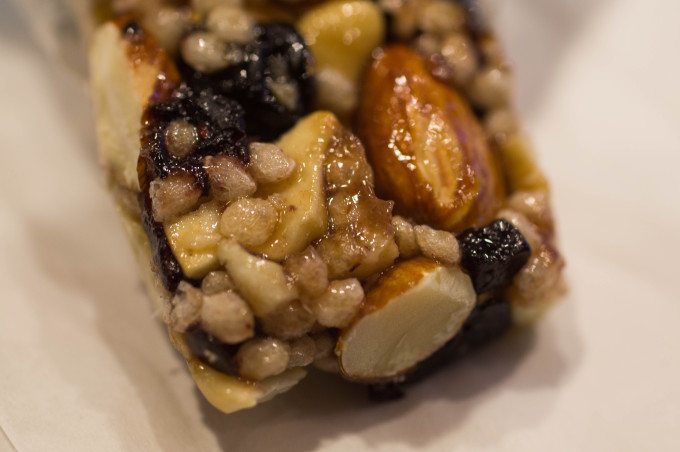
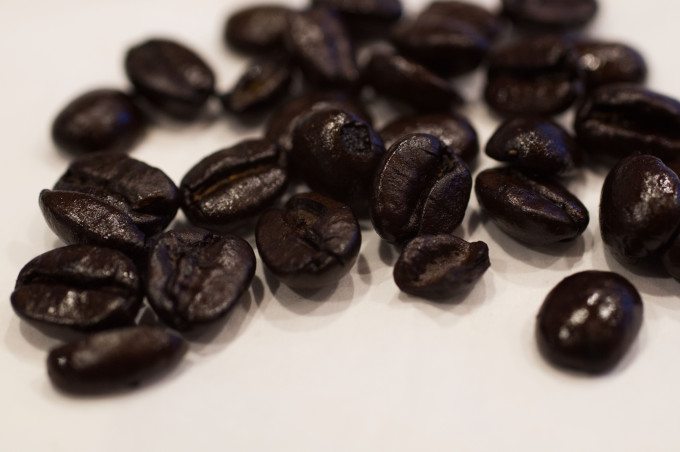
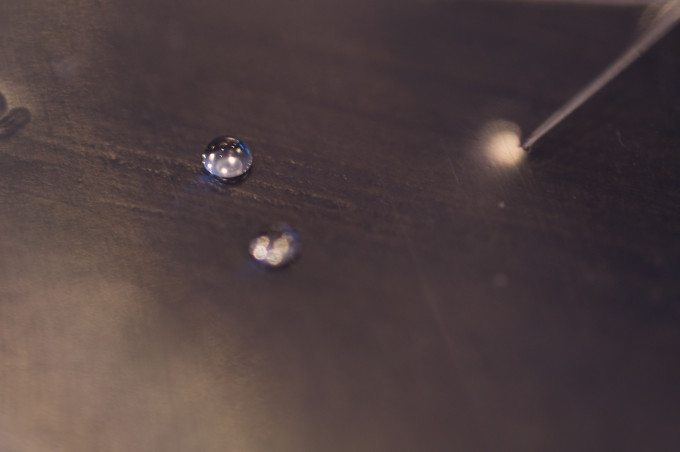
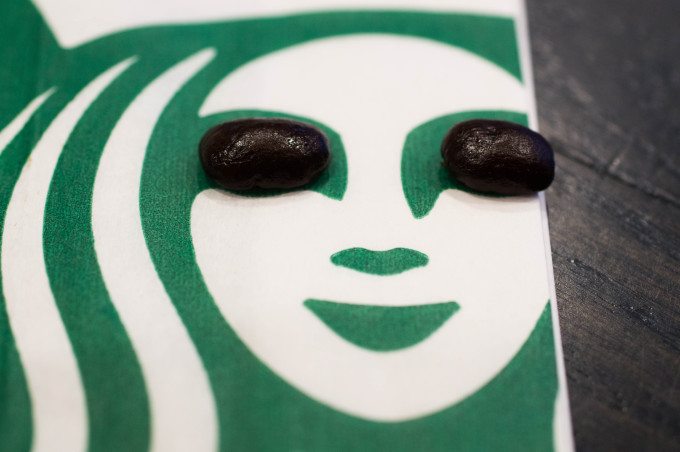
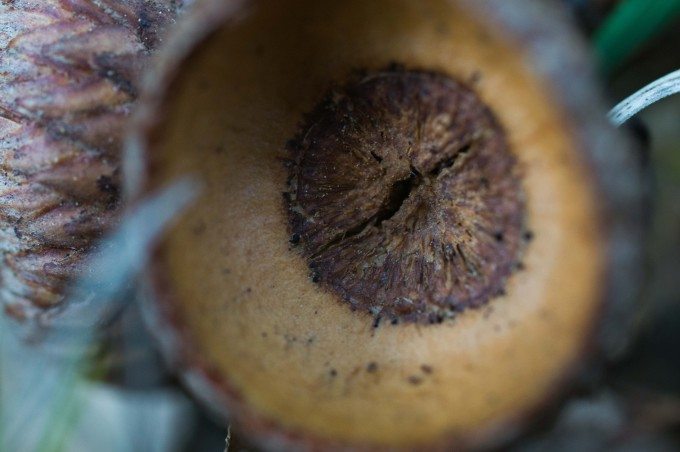
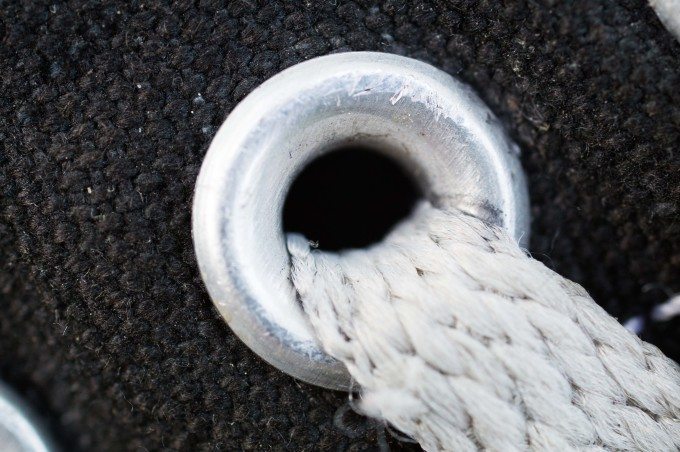
Conclusions
The Sigma 50mm f2.8 DG Macro is a solid piece of glass that can get you closer to small things. I had a good deal of fun getting a magnified look at the smaller things life has to offer, say a coffee bean or the laces of my Converse. At the closer end of the spectrum, you’d probably be better off using a small tripod to avoid any human error when taking the shot. With a wider aperture and fixed focal length, it is definitely a step up from my old Minolta macro, and at $369, it offers great results in an affordable package. This is a solid option for photographers at all levels, whether they take macro photography seriously or as a hobby. If the shot is 5.3″ away, this is the lens for you.
You can pick it up from Amazon and Adorama.
Please Support The Phoblographer
We love to bring you guys the latest and greatest news and gear related stuff. However, we can’t keep doing that unless we have your continued support. If you would like to purchase any of the items mentioned, please do so by clicking our links first and then purchasing the items as we then get a small portion of the sale to help run the website.

